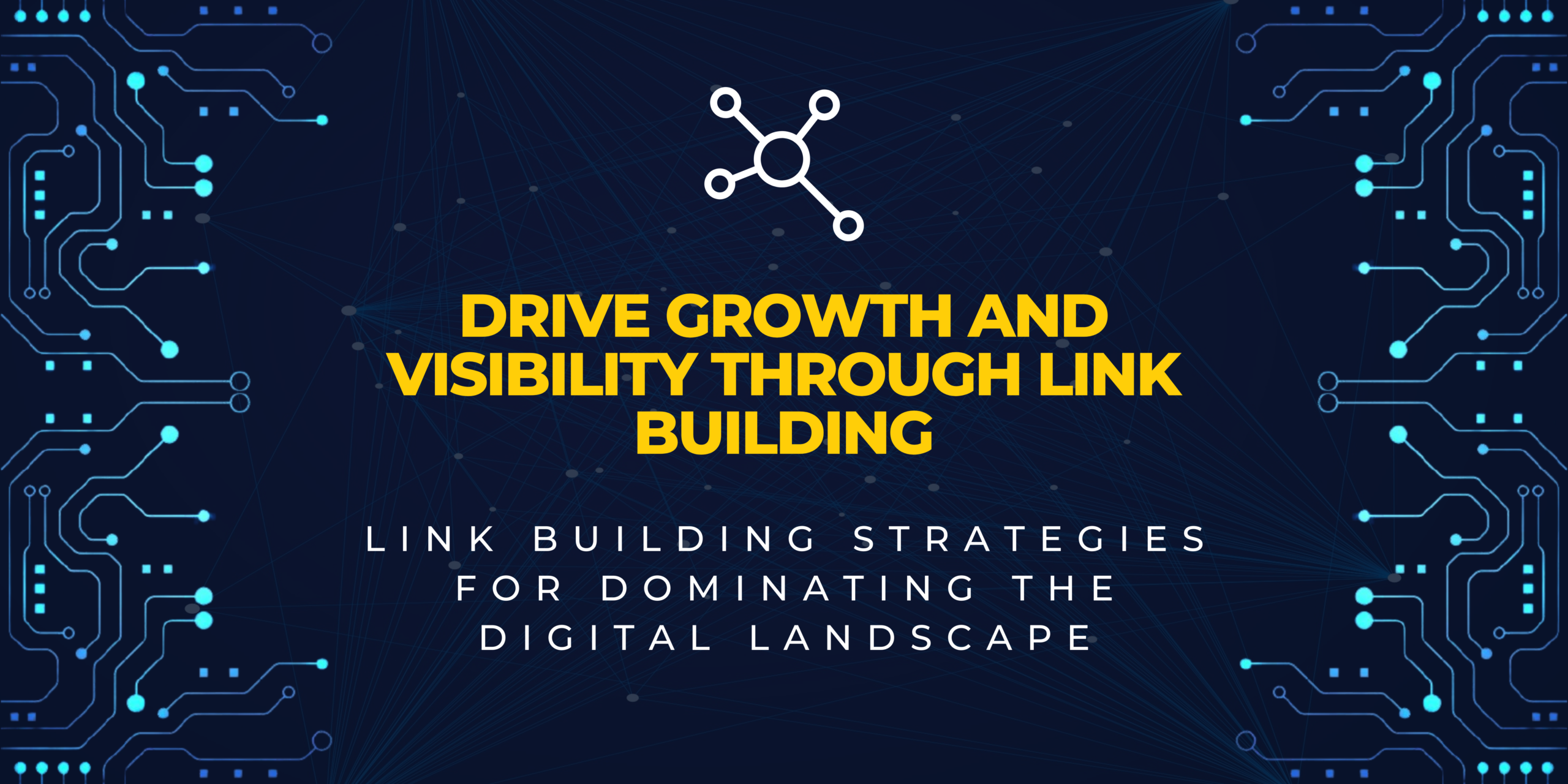Are you looking to achieve remarkable results with your Google Ads campaigns? In a highly competitive digital landscape, optimizing your ads is crucial to drive success. In this article, we will provide you with 10 expert tips to enhance optimization and maximize the impact of your Google Ads campaigns. Whether you’re a seasoned marketer or a beginner, these strategies will offer valuable insights to improve your campaign performance.
1. Thorough Keyword Research:
Effective keyword research is the foundation of successful Google Ads campaigns. By identifying relevant keywords, you can target your ads to reach the right audience. Invest time in comprehensive keyword research using tools like Google Keyword Planner, SEMrush, or Ahrefs. Analyze search volumes, and competition levels, and choose keywords that align with your campaign objectives.
2. Compelling Ad Copy:
Crafting compelling ad copy is crucial for capturing users’ attention and driving higher click-through rates (CTR). Write concise, persuasive, and benefit-oriented ad copy that entices users to click. Highlight unique selling propositions, promotions, or key differentiators. Consider using dynamic keyword insertion to create personalized ad experiences.
3. Landing Page Optimization:
Ensure your landing pages are optimized to align with your ad messaging. Design clean and user-friendly layouts that lead visitors towards desired actions. Perform A/B testing to evaluate different elements such as headlines, images, call-to-action buttons, and form fields. Aim for fast page load times, mobile responsiveness, and clear value propositions to increase conversion rates.
4. Utilize Ad Extensions:
Ad extensions provide additional information and enhance the visibility of your ads. Experiment with various ad extensions like sitelink extensions, call extensions, structured snippets, and review extensions to improve ad performance. According to Google, ads with extensions can achieve up to a 15% higher CTR compared to those without.
5. Geographic Targeting:
Refine your targeting by focusing on specific geographic locations relevant to your business. Leverage the power of location targeting to ensure your ads are displayed to the right audience in the right locations. According to WordStream, businesses using geographic targeting experience a 200% higher conversion rate compared to non-targeted ads.
6. Conversion Tracking:
Implement conversion tracking to measure the effectiveness of your campaigns. By tracking conversions, you can identify the most profitable keywords, ads, and audience segments. This data-driven approach allows you to optimize your budget allocation, refine targeting, and focus on strategies that generate the highest returns. According to Google, businesses using conversion tracking achieve a 22% higher return on ad spend.
7. Ad Schedule Optimization:
Optimize your ad schedules to display your ads at the most opportune times when your target audience is most active. Analyze historical campaign data and identify peak performance hours. Adjust bid adjustments or schedule campaigns accordingly to increase visibility and drive better results. WordStream reports that businesses using ad schedule optimization achieved a 14% decrease in cost per conversion.
8. A/B Testing:
A/B testing, or split testing, is a powerful technique to optimize your campaigns. Experiment with different ad variations, headlines, offers, or landing page layouts. By comparing performance metrics, such as CTR and conversion rates, you can identify winning elements and refine your campaigns for maximum effectiveness. According to HubSpot, companies that conduct A/B testing experience an average improvement of 20% in conversion rates.
9. Continuous Monitoring and Optimization:
Regularly monitor your campaign performance and make data-driven optimizations. Identify underperforming keywords, ads, or targeting settings and make necessary adjustments. Continuously test new strategies, keywords, or ad formats to stay ahead of the competition. Optimizely reports that companies that continuously optimize their campaigns achieve an average conversion rate increase of 27%.
10. Stay Informed and Adapt:
The digital advertising landscape is dynamic, with constant updates and emerging trends. Stay informed about the latest changes in Google Ads policies, best practices, and industry trends. Regularly read authoritative sources like Search Engine Land to ensure your campaigns stay relevant and effective. Staying updated and adapting your strategies can lead to higher quality scores, lower costs, and improved ROI.
Conclusion:
By implementing these 10 top tips for enhancing optimization in your Google Ads campaigns, you can unlock the full potential of your advertising efforts. Thorough keyword research, compelling ad copy, landing page optimization, and the utilization of ad extensions are essential strategies to drive engagement and conversions. Additionally, refining targeting, implementing conversion tracking, conducting A/B tests, and continuously monitoring and optimizing your campaigns will help you achieve significant results. Stay informed, adapt to changes, and continuously optimize your campaigns for continued success in the competitive Google Ads landscape.
References:
- Google Keyword Planner: https://ads.google.com/intl/en_in/home/tools/keyword-planner/
- SEMrush: https://www.semrush.com/
- Ahrefs: https://ahrefs.com/
- WordStream: https://www.wordstream.com/
- Google Ads Help: https://support.google.com/google-ads
- HubSpot: https://blog.hubspot.com/marketing/a-b-testing-conversion-rate-optimization
- Optimizely: https://www.optimizely.com/
- Search Engine Land: https://searchengineland.com/





